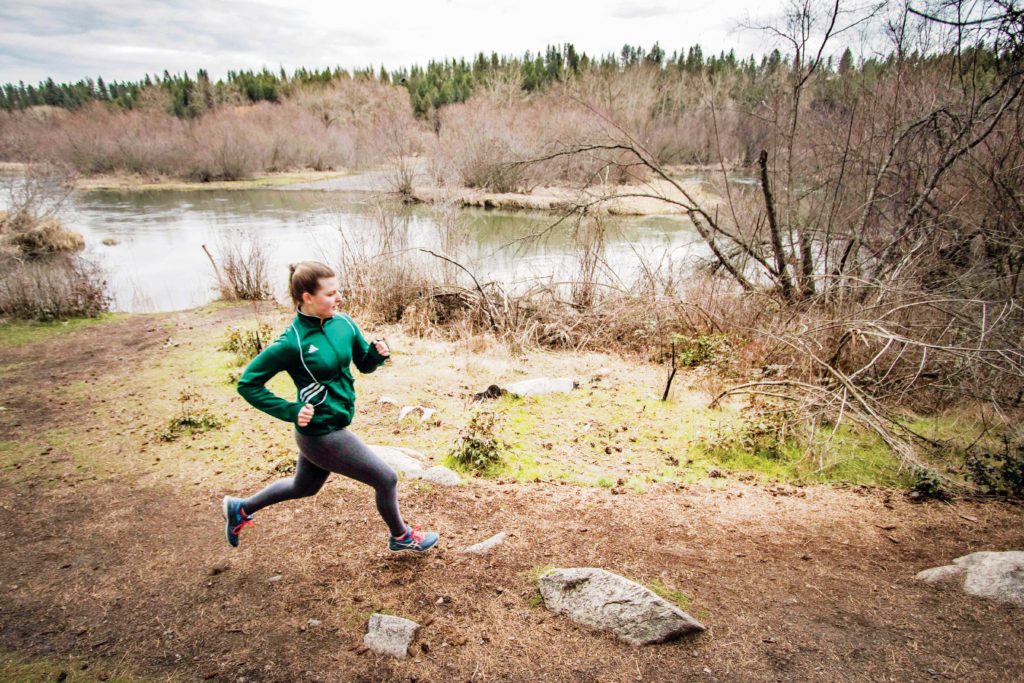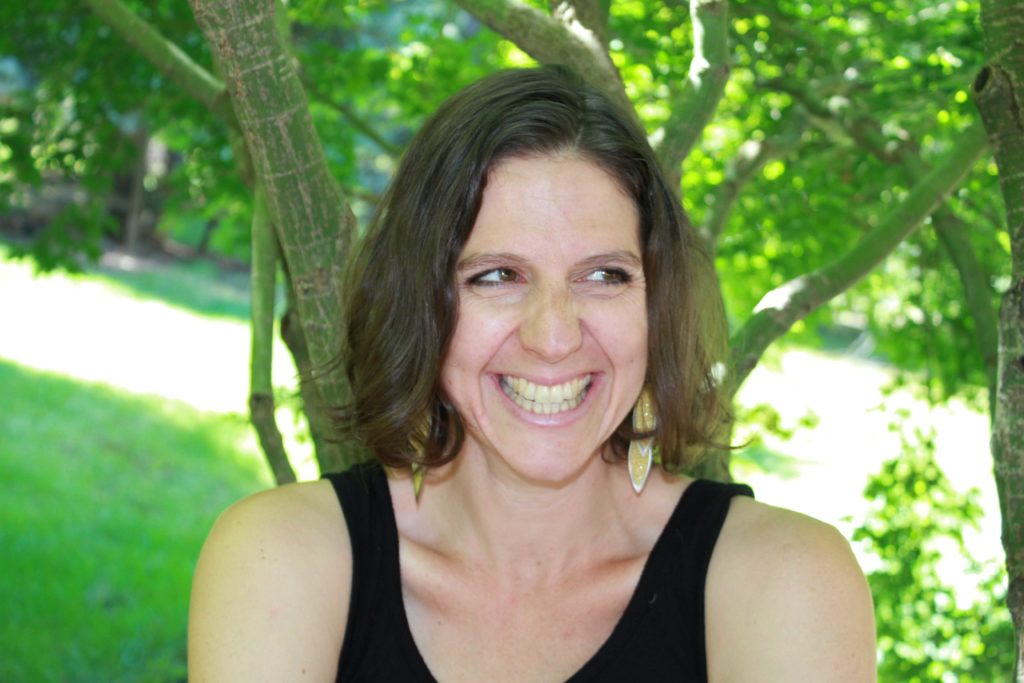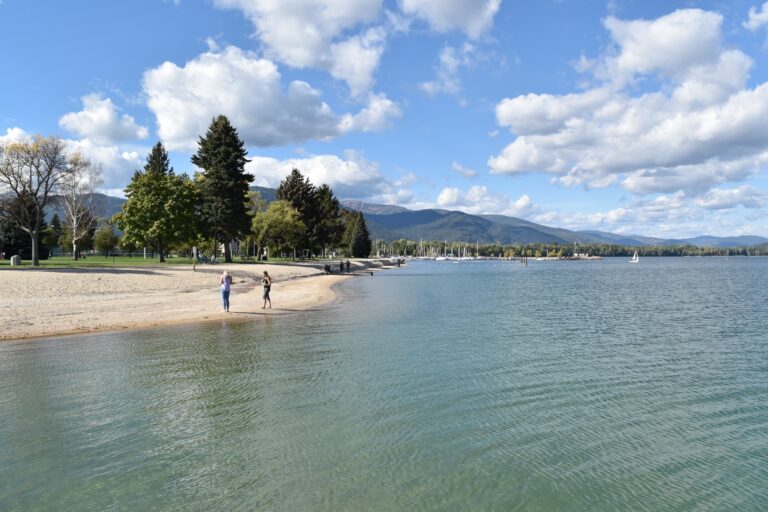By Maya Jewell Zeller
When I was a girl, trails were things beetles made under the surface of a tree’s bark, a sort of mysterious calligraphy that, if you peeled back the thick outer shell, you saw written in white lettering across a golden, brown-dusted vascular cambium. The trails said things like, “Heart of the ponderosa this way!” or “I don’t know how long I’ve been crawling this dark, curved earth” or “Yum this wood tastes good.”
Or maybe this is what I imagined they said, until I found poetry, and then I imagined beetles had their own version of that— “a noiseless, patient periderm,” perhaps they wrote. Or maybe that’s too anthropomorphic, too Whitmanic. I was a child who spent so much time in fields and woods and libraries that I didn’t understand critical lensings on metaphor; I just knew that the forest talked to me, and imagined the beetles were talking, too.
Trails were also what the deer made when they passed through, leaving their droppings and a narrow path that led deeper into the forest, where I wanted to go.
But trails were not, until I joined cross country, something humans made or ran. Even then—being a rural kid who had moved around and attended three high schools, none of them in a place where “hiking” was a pastime unless you were hunting—trails sounded like something rich people did when they took vacations from their city lives and pretended to be outdoorsy.

So I was in high school when I first encountered “trails” the way readers of this magazine might think of them, and I was running around Black Lake in Pacific County, as part of a cross-country race, winding through cranberry bogs. I knew that after the race I’d want to walk the trail again, to learn what plants thrived, what fruit and root was edible besides the cultivated crop that we flashed past with our fast yellow jerseys.
As an adult, a person who “recreates” daily in the woods, on trails, I often spend time with paths I know, those I can “read” the way one might read the language of a beetle under bark, or imagine where the deer goes when she leaps into brush. One of those trails is the system that flanks the Little Spokane River, at Painted Rocks. There are three you can take. The one I love the most: Heading over the bridge toward Spokane, you hang a left and take it east toward St. George’s School, through the forest of ponderosa and snowberry shrubs and Oregon grape and downed, rotting logs (from wind and fire) and through the field where the geese alight when they stop down on their flight over. This one winds through forest and then uphill at about a mile, over a large basalt formation, and then down into an enchanted-feeling ravine.
When I run here, I think about myself as a beetle writing on the underside of my own consciousness, something dark and full of memory and mystery. And I think about how I would feel if I could use all four of my limbs as legs—the weightlessness I’d experience. And I also watch the sun stream in through the pines and illuminate the lichen and moss growing there, writing its own story across the large volcanic columns, and sometimes I stop running to approach the rock, wave my hand across it, delighted by the water that comes off the spores onto my palm. I think about what it writes on my body when it does that—the water, leaving its mark in the delta of my wrinkles—and also what my body has writ on the land. What language is stored in my muscles that I take away with me when I leave? What secret stories now course my blood? The forest is writing to us, if we go look.
Maya Jewell Zeller used to run cross country, later coached cross country, and now just admires cross country. She still enjoys trails, though, non-competitively. She teaches writing at Central Washington University.
Where to Go: 3 Trails in the Little Spokane River Natural Area














